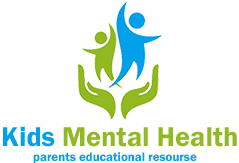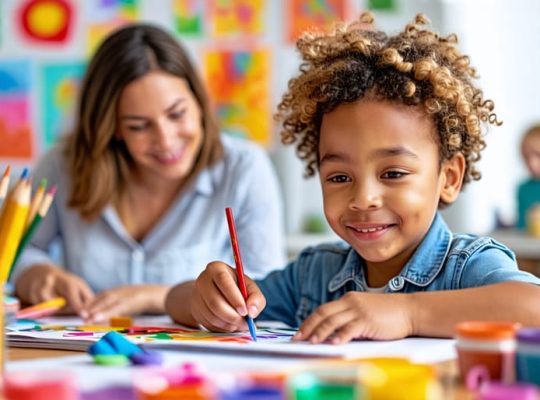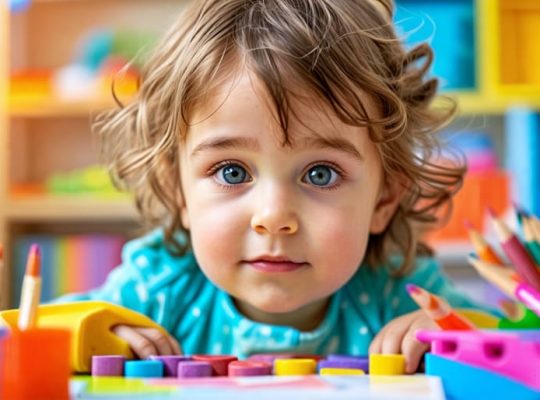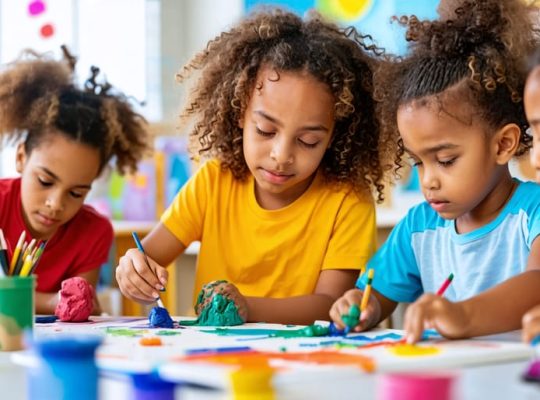How Art Therapy Can Brighten Your Child’s Mental Well-Being
Encourage self-expression by introducing simple art projects—drawing, painting, or clay modeling—allowing children to articulate feelings that might be difficult to express verbally. Incorporate themes like emotions or family to help children explore their thoughts and feelings in a safe, enjoyable way. Consult with an art therapist to design age-appropriate activities that align with individual needs, ensuring a supportive environment that fosters emotional growth. Observe and discuss the art creations with the child, providing empathetic feedback and encouraging storytelling about their artwork to enhance understanding and emotional …



